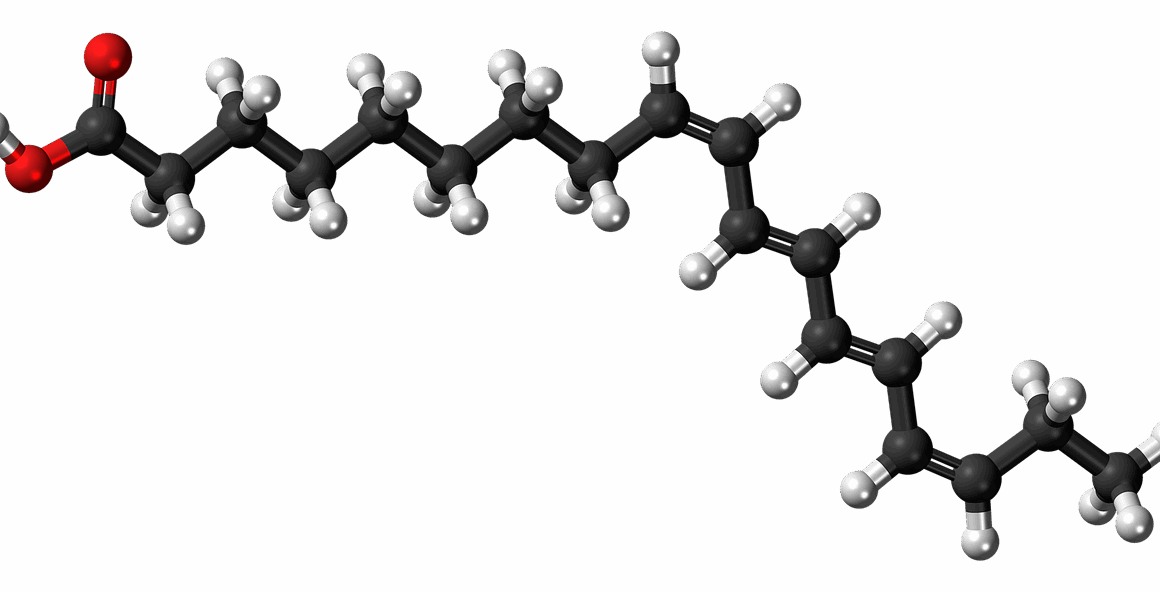Decoding Fatty Acids: Which Help and Which Hurt Strength Training?
Fatty acids play a crucial role in overall nutrition, impacting various aspects of strength training. Recognizing the distinction between beneficial and harmful fatty acids can greatly enhance your workout results. Incorporating the right fatty acids into your diet can support muscle recovery, improve energy levels, and boost performance. Some of the key fatty acids to include are omega-3, omega-6, and monounsaturated fats. Omega-3 fatty acids, found in fatty fish like salmon, walnuts, and flaxseeds, offer anti-inflammatory benefits. This can lead to reduced muscle soreness post-training sessions. Omega-6 fatty acids, primarily from vegetable oils, are essential but should be balanced with omega-3 intake. Monounsaturated fats from sources like olive oil, avocados, and nuts can also promote heart health. However, trans fats and excessive saturated fats can sabotage your progress. They can lead to increased inflammation and fat gain. Success in strength training is not just about lifting weights; nutrition is integral. Educating yourself about fatty acids is vital for creating a sustainable and effective diet.
Understanding how fatty acids affect muscle growth is vital for serious athletes. Fatty acids are key components of cell membranes and influence genetics that drive muscle tissue synthesis. Studies show that omega-3 fatty acids enhance muscle protein synthesis, which is crucial for recovery and growth. Including adequate amounts of omega-3s in your meals can directly correlate with enhanced strength outcomes. On the other hand, excessive intake of saturated fats can hinder your progress. Saturated fats, commonly found in full-fat dairy and red meat, may also contribute to cardiovascular issues, affecting overall performance in the long run. Striking a balance is essential; moderation helps maintain your energy levels while supporting strength gains. Aim to derive fats from whole food sources, ensuring that you’re also getting essential vitamins and minerals. Nutrient density in food is important; therefore, choose sources that double as nutritional powerhouses. Look for nuts, seeds, and fatty fish that contribute positively to your overall health. In doing so, you maximize not just your strength-training potential but also your long-term well-being.
An essential aspect of incorporating fatty acids into your training is understanding timing. Fats take longer to digest than carbohydrates, which can impact immediate energy availability. Post-workout nutrition should typically focus on carbohydrates and protein to support muscle recovery effectively. However, incorporating healthy fats into your meals at other times can offer numerous benefits. Including omega-3 and monounsaturated fats into your pre and post-workout meals can support sustained energy release long after training. Foods such as avocado or nut butter on whole-grain toast can maintain blood sugar levels. This nurtures a consistent energy supply, which is vital for subsequent workouts. Remember, each individual’s response to different dietary fats may vary, so monitor how your body feels and performs. Tracking is essential to understand better what works uniquely for you. Consulting with a nutritionist or trainer can provide personalized advice tailored to your needs. Additionally, staying well-hydrated helps improve the absorption of these fatty acids. Ultimately, integrating healthy fatty acids smartly into your diet reinforces the foundation for achieving your strength-training goals.
Exploring Sources of Good Fatty Acids
When aiming to maximize your training results, it’s crucial to know where to source beneficial fatty acids. Focusing on whole foods rich in healthy fats is the best approach. Fatty fish, including salmon and mackerel, are excellent protein sources packed with omega-3s. These not only promote muscle recovery but also support heart health, which is essential for stamina in strength training. Plant-based options such as chia seeds, hemp seeds, and walnuts are rich in omega-3s and can easily be added to meals or smoothies. Oily fish are not always available; thus, supplements like fish oil or algae oil are viable alternatives. Monounsaturated fats can primarily be found in olive oil and avocados. Incorporating salad dressings made from extra virgin olive oil or adding avocados to your meals increases nutritive value without compromising taste. Avoid processed foods high in trans fats, which lead to detrimental health outcomes. A versatile approach to combining these ingredients helps ensure you don’t miss out on vital nutrients necessary for muscle recovery and health.
Incorporating fatty acids into a strength training regimen can also affect overall workout efficiency. When your body receives the necessary nutrients, energy levels remain steady throughout your training sessions. Adequate intake of healthy fats during your meal regimen supports hormone production, particularly testosterone and growth hormone, which play crucial roles in muscle building. This hormonal balance plays a fundamental role; thus, ensuring you include sufficient fats can significantly advance your strength gains. Particularly for women, healthy fats assist in reproductive health, which impacts overall well-being and training capacity. A well-rounded diet should consist of all macronutrients, but roughly 20-35% of overall caloric intake should come from fats, favoring unsaturated sources. Experimenting with different fat ratios can help you find your ideal balance. Combining fats intelligently into your meal planning will help you strike optimal gains. Use cooking methods that preserve the integrity of healthy fats; avoid frying where possible. Focus on baking, grilling, or including raw forms in salads. Overall, creating a balanced approach ensures that your body gets what it requires to function effectively during intense strength routines.
Potential Benefits of Omega Fatty Acids
Many benefits are associated with consuming adequate omega fatty acids, particularly for individuals engaged in strength training. As previously mentioned, omega-3 fatty acids exhibit anti-inflammatory properties, reducing soreness and promoting faster recovery. This effect is especially beneficial after high-intensity workouts, where muscle damage is prevalent. Including omega-3-rich foods increases the rate of muscle healing and reduces joint pain. Studies suggest that athletes who consumed omega-3 fatty acids reported fewer injuries and a quicker return to training after setbacks. Furthermore, omega-6 fatty acids have a role in energy production during workouts. They help regulate inflammation, crucial for ongoing strength performance. Besides muscle recovery and joint health, healthy fats also facilitate vitamin absorption, particularly fat-soluble vitamins like A, D, E, and K, that play various roles in maintaining health. These vitamins, combined with the effects of omega fatty acids, create a comprehensive framework for optimizing training conditions. Thus, it’s advisable to consider fatty acids not a separate dietary area but integrated within a holistic approach to strength training nutrition.
In conclusion, the relationship between fatty acids and strength training is intricate yet crucial. Consuming the right types of fatty acids can enhance recovery, boost performance, and prevent injuries, making them vital for maximizing training efficiency. The consequence of neglecting nutritional fat can result in long-term detrimental effects on your overall fitness journey. Successful strength training doesn’t consist solely of dedication in the gym; proper nutrition will propel you towards achieving your gains. To adapt and thrive, athletes must cultivate a comprehensive diet that prioritizes whole food sources of healthy fats. Experimentation with different types and quantities of fatty acids can lead to optimized performance patterns. Pay close attention to how your body responds to various dietary inclusions. Collaborating with nutrition professionals can also provide insights tailored to individual needs and goals. Being mindful of these aspects will significantly increase your success in strength training. Ensure to maintain an emphasis on overall health while pursuing muscular development. Ultimately, the goal is to carve a fitness journey where good nutrition and dedicated training go hand in hand.
By understanding fatty acids in training nutrition, you empower yourself with knowledge. The impact of this understanding can ripple through to every training session, enhancing your workout efficiency and output. Realize the importance of integrating healthy fats consistently for sustained strength gains that align with your goals. Ignoring diet, especially fats, can derail even the most committed training plans, highlighting the necessity of making them a focal point of your nutritional strategy. Make deliberate choices at your meals to ensure they support recovery and energy levels. By managing and balancing dietary fats strategically, you can unlock potential muscle growth and achievement in your fitness journey. Let this knowledge guide your training choices, ensuring that every aspect of your regimen supports your aspirations. Taking what you’ve learned about fatty acids, you can craft a well-rounded diet that encompasses everything from workout preparation to post-training recovery. The right fatty acids can be the difference-maker in accomplishing the full potential of strength training. By applying this knowledge, you help yourself not only in the gym but also in the journey towards better, overall health and wellness.


